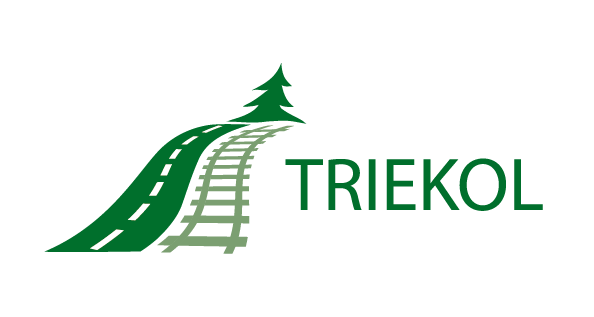The transport sector and the Convention on Biological Diversity
TRIEKOL I-IIWithin the subproject The transport sector and the Convention on Biological Diversity the researchers studied the importance of the convention for the transport sector and the Swedish Transport Administration.
Targets of relevance for the Swedish transport sector
Most of the operative targets within the Convention on Biological Diversity (Aichi Biodiversity Targets) are relevant for the Swedish Transport Administration, within its own sector or in cooperation with other sectors in society. The transport sector is affected by the targets as one of all societal sectors. The convention focuses on landscape connectivity and function of ecosystem services. This includes minimizing the effects of fragmentation, restauration of damaged habitats, planning for a green infrastructure and to map and value ecosystem services.
The demands for multifunctional landscape planning will increase with the increased pressure from different, sometimes competing, land uses. This in turn requires better cooperation and coordination among sectors, increased knowledge and better planning tools.
Several other international treaties on biodiversity are also relevant for the transport sector, for example the convention on migratory species and the wetland convention. EU has adopted a strategy for biodiversity to implement the Convention on Biological Diversity within the union, and to guide member staters in the national implementation. The overarching target is to halt the loss of biodiversity by 2020, and the strategy includes six targets and 20 actions. At least ten of the actions in EUs biodiversity strategy are of relevance for the Swedish Transport Administration.

Foto: TRIEKOL.
Publikationer och presentationer
Within the project one report in Swedish has been published.

